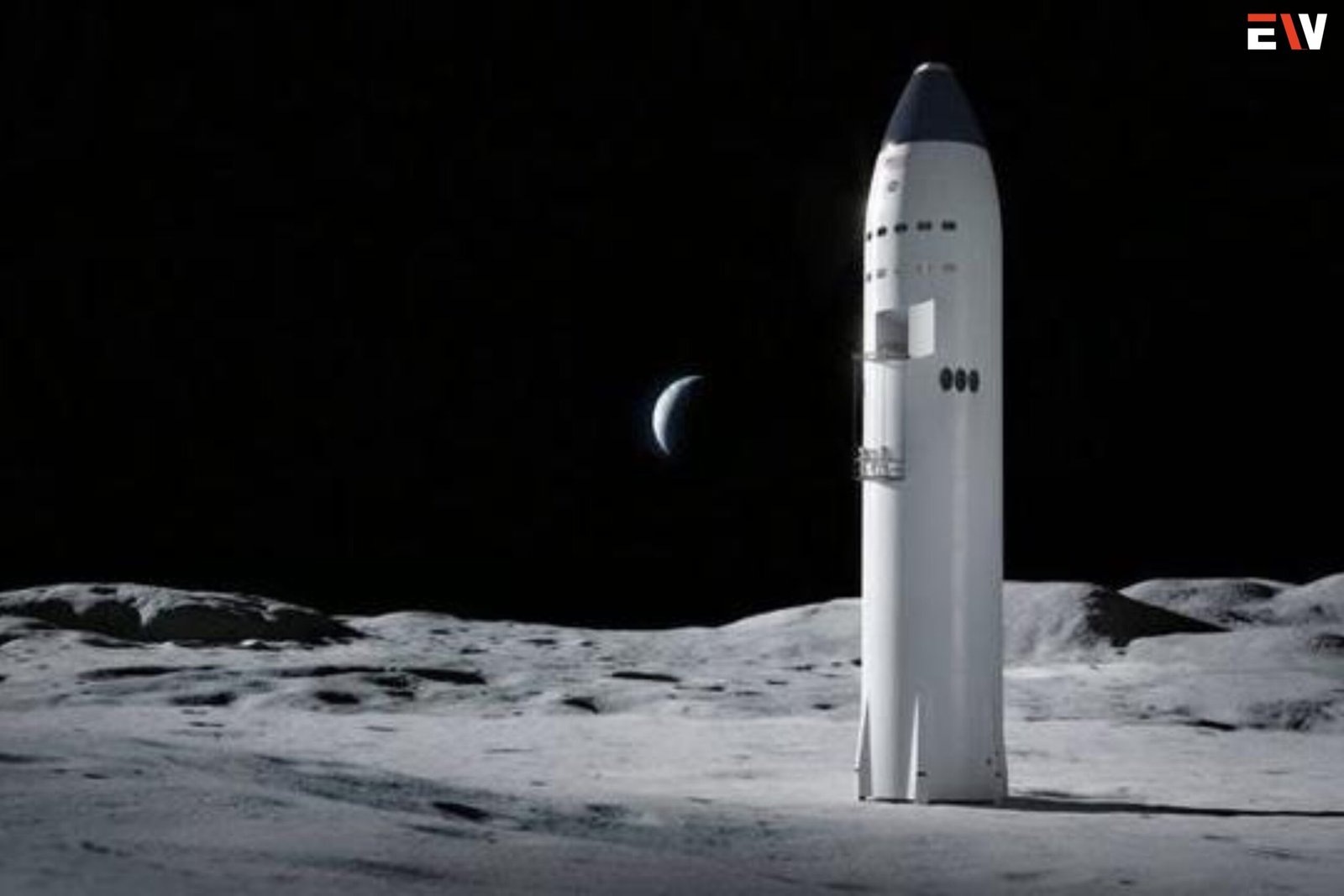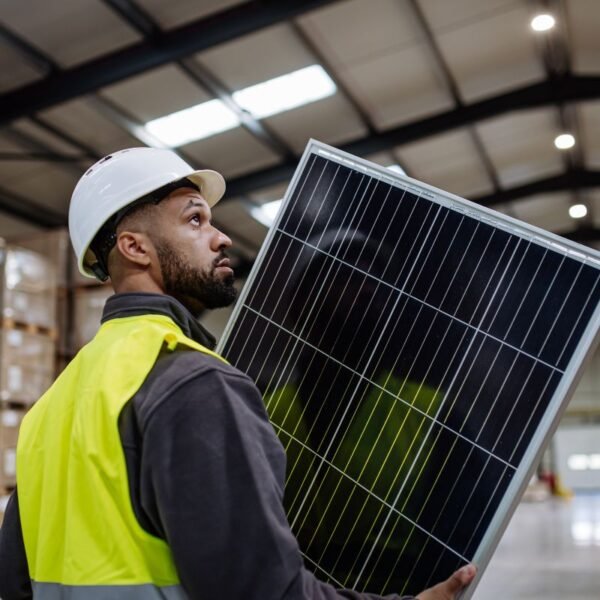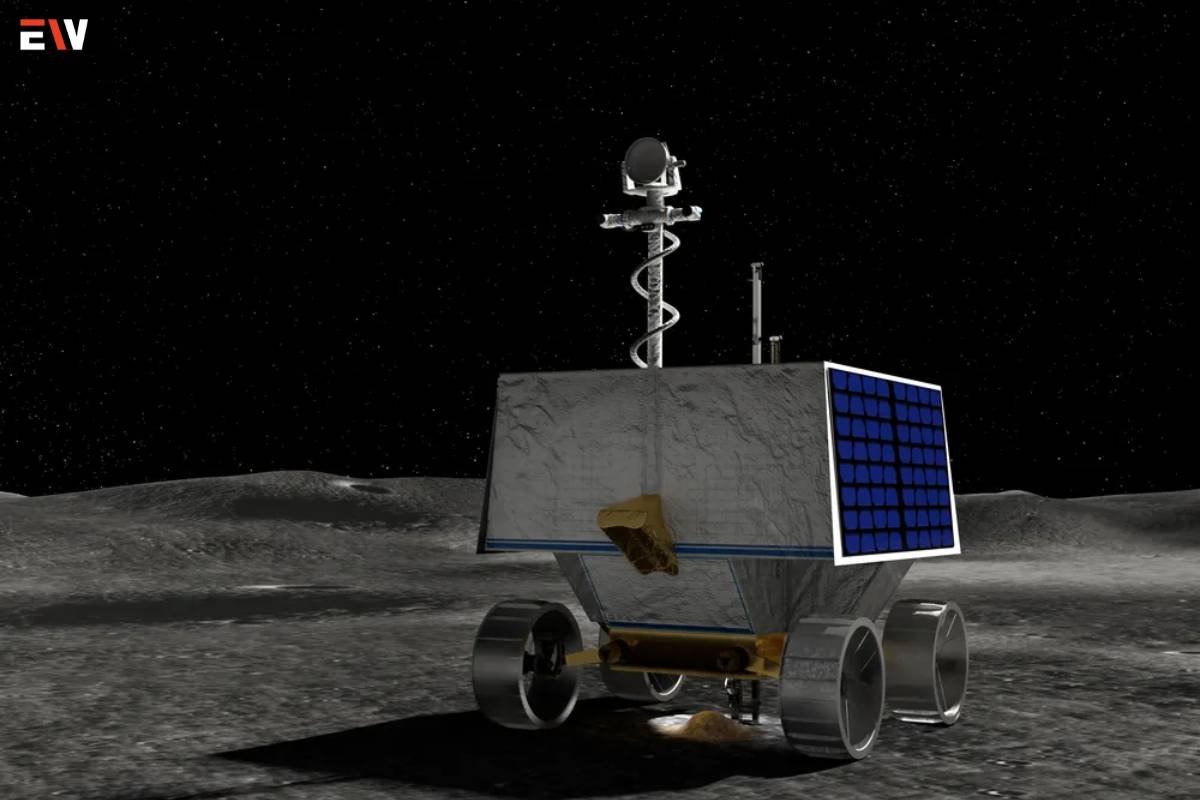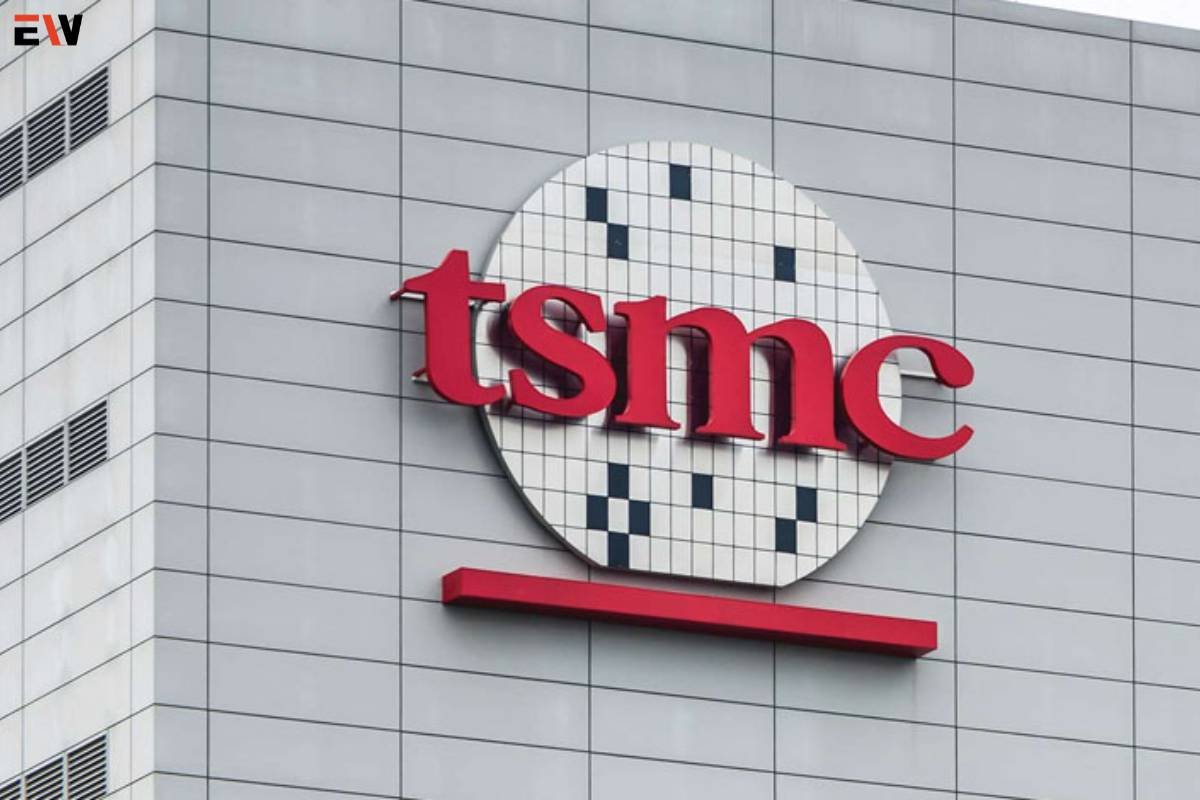source- CBS News
Report Highlights Challenges to NASA’s Artemis Program
The Government Accountability Office (GAO) released a report on Thursday projecting significant delays in NASA’s Artemis program, indicating that the first crewed moon landing, Artemis III, is unlikely to occur by 2025. Based on past trends, the report suggested potential setbacks that could push the mission to 2027 due to ongoing issues in developing the necessary human landing system and spacesuits.
Challenges Impacting the Artemis III Mission
While acknowledging progress in achieving key milestones, the GAO underscored several challenges persisting in the development of the human landing system and spacesuits. The complexity of human spaceflight poses significant hurdles, questioning the feasibility of accelerating the moon landing system’s development more than a year faster than the average for NASA’s major projects.
Potential Delay to 2027 Based on Past Project Timelines
Should the development pace align with the average timeline for major NASA projects, the GAO forecasted a probable occurrence of the Artemis III mission in early 2027, raising concerns about meeting the initial 2025 target.
Official Timeline and Potential Alterations
While the late 2025 timeframe remains the official launch target for Artemis III, NASA has hinted at the possibility of reconsidering the flight schedule. However, the agency has not formally announced any alterations to the mission plan yet.
Artemis Program Goals and Competition
The Artemis program aims to mark a significant milestone, returning astronauts to the moon for the first time since 1972’s Apollo program. This initiative positions NASA ahead of China’s planned lunar landing by the 2030 timeframe.
Technical Details and Challenges in the Artemis III Mission
The mission involves using Lockheed Martin-built Orion capsules launched atop the Space Launch System, intending to rendezvous with SpaceX’s Starship rocket, also known as the Human Landing System (HLS). However, technical complexities and developmental challenges have hindered progress.
SpaceX’s Role and Technological Hurdles
SpaceX’s HLS, a variant of its Starship upper stage, faces technical complexities in storing and transferring propellants in orbit, a critical aspect of the lunar landing mission. Limited progress and challenges in technology maturation pose significant hurdles to achieving the mission’s objectives.
Spacesuit Development and Associated Obstacles
Axiom Space, entrusted with designing new spacesuits for the mission, confronts multiple challenges, including addressing supply chain issues and meeting stringent NASA requirements, such as an hour-long emergency oxygen supply. These challenges might necessitate redesigns, potentially delaying suit delivery for the mission.
The intricate technical and developmental hurdles facing NASA’s Artemis III mission present significant roadblocks, potentially delaying the historic lunar landing well beyond the initial timeline.









